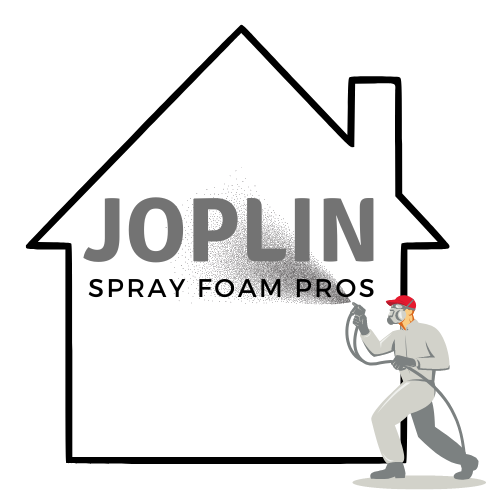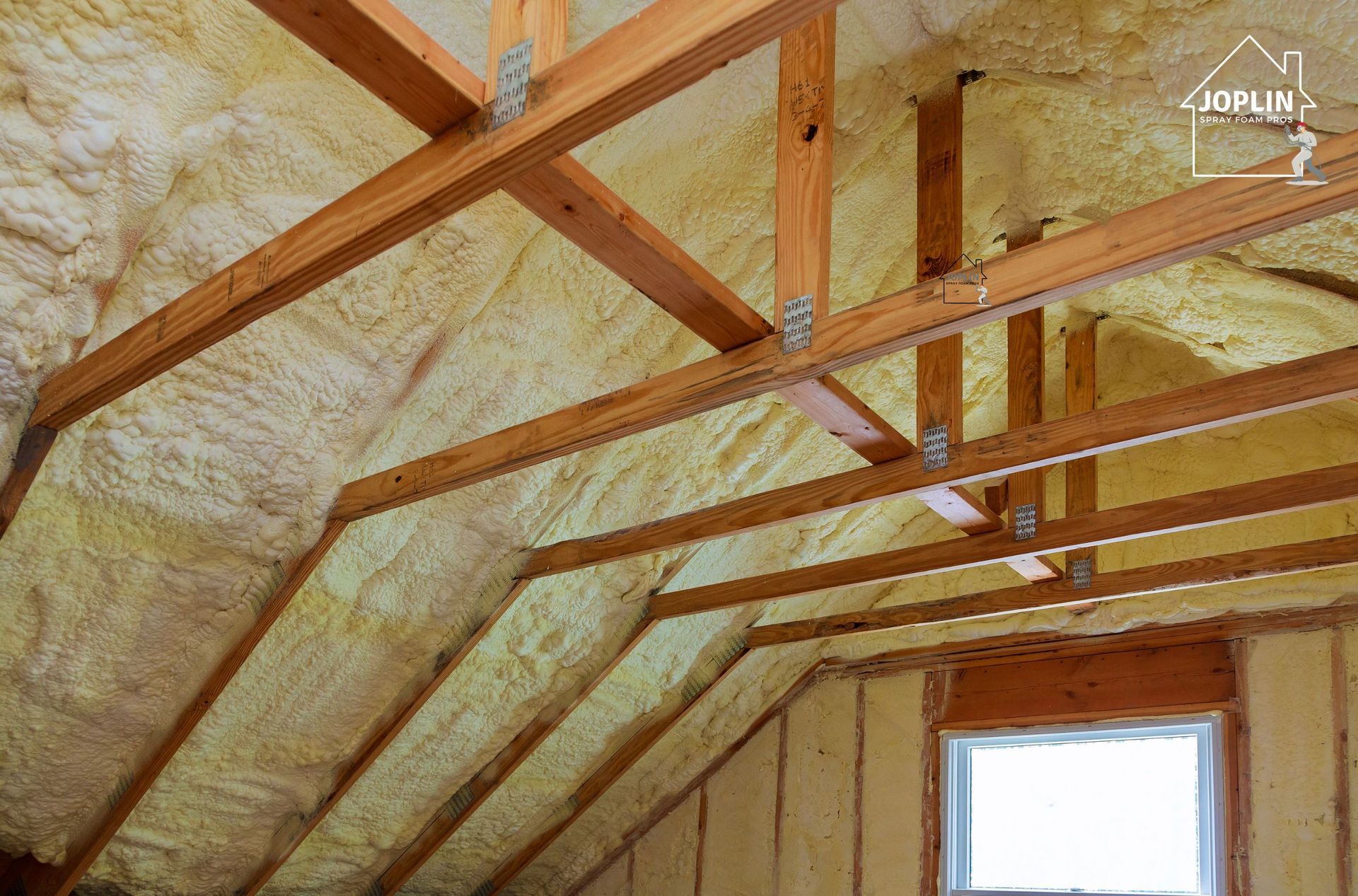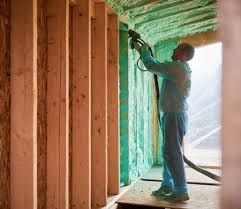Understanding the Role of Spray Foam Insulation in Passive Solar Design
Understanding Passive Solar Design
Passive solar design is an innovative approach to building design that harnesses the natural energy of the sun to heat, cool, and illuminate interior spaces. At the heart of this design philosophy lies the strategic use of building materials and architectural elements to maximize solar gain in winter and minimize heat gain in summer. Among these materials, spray foam insulation has emerged as a crucial component in passive solar design, offering unparalleled thermal performance and air sealing capabilities. In this comprehensive guide, we'll delve into the role of spray foam insulation in passive solar design, exploring its benefits, applications, and considerations for homeowners and builders alike.
Passive solar design is a design strategy that utilizes building orientation, site features, and building materials to optimize solar energy utilization. By strategically positioning windows, thermal mass, and insulation, passive solar buildings can effectively capture, store, and distribute solar energy to maintain comfortable indoor temperatures year-round.
The Role of Spray Foam Insulation
Spray foam insulation plays a pivotal role in passive solar design by providing superior thermal performance and air sealing capabilities. Unlike traditional insulation materials like fiberglass or cellulose, spray foam insulation forms a seamless and airtight barrier that effectively seals gaps and cracks in the building envelope. This prevents air leakage and heat transfer, minimizing energy loss and reducing the need for mechanical heating and cooling systems.
Benefits of Spray Foam Insulation in Passive Solar Design
- Enhanced Thermal Performance: Spray foam insulation provides superior insulation compared to traditional materials, effectively reducing heat loss in winter and heat gain in summer. This helps maintain comfortable indoor temperatures year-round, reducing reliance on mechanical heating and cooling systems.
- Air Sealing: The airtight seal created by spray foam insulation prevents drafts, air infiltration, and energy loss through gaps and cracks in the building envelope. This improves indoor air quality, comfort, and energy efficiency, creating a healthier and more sustainable living environment.
- Moisture Control: Spray foam insulation helps prevent moisture intrusion and condensation by sealing gaps and cracks in the building envelope. This reduces the risk of mold growth, rot, and structural damage, enhancing the durability and longevity of the building.
- Design Flexibility: Spray foam insulation can be applied to various surfaces and configurations, allowing for seamless integration into different architectural styles and building designs. This versatility enables architects and builders to achieve optimal energy performance and comfort without compromising aesthetics.
Applications of Spray Foam Insulation in Passive Solar Design
- Insulating Exterior Walls: Spray foam insulation can be applied to the interior or exterior surfaces of exterior walls to create a continuous and airtight thermal barrier. This minimizes heat loss and air infiltration, improving energy efficiency and indoor comfort.
- Sealing Roof Cavities: Spray foam insulation can be used to insulate and air seal roof cavities, preventing heat loss through the roof and reducing the need for mechanical cooling in summer. This helps maintain comfortable indoor temperatures and reduces energy consumption year-round.
- Insulating Windows and Doors: Spray foam insulation can be used to seal gaps and cracks around windows and doors, preventing drafts and air leakage. This improves indoor comfort, energy efficiency, and sound insulation, creating a quieter and more comfortable living environment.
Considerations for Using Spray Foam Insulation in Passive Solar Design:
- Building Orientation: Proper building orientation is essential for maximizing solar gain and minimizing heat gain in passive solar design. Homeowners and builders should consider factors such as site orientation, solar exposure, and shading to optimize energy performance and comfort.
- Climate Considerations: The choice of insulation materials and strategies may vary depending on the climate and environmental conditions of the region. Homeowners and builders should consider factors such as temperature extremes, humidity levels, and precipitation patterns when designing and constructing passive solar buildings.
- Moisture Management: Proper moisture management is critical when using spray foam insulation in passive solar design to prevent condensation, mold growth, and moisture-related issues. Homeowners and builders should ensure proper ventilation, drainage, and moisture barrier installation to maintain a healthy and durable building envelope.
- Energy Efficiency: Passive solar design aims to minimize energy consumption and reliance on mechanical heating and cooling systems. By using spray foam insulation to improve thermal performance and air sealing, homeowners can achieve optimal energy efficiency and reduce their carbon footprint.
Spray Foam Insulation Can Contribute To Reducing Energy Consumption And Environmental Impact In Passive Solar Homes
Joplin Spray Foam Pros significantly reduces energy consumption in passive solar homes by forming an airtight seal that prevents heat loss or gain. By minimizing the need for mechanical heating and cooling systems, it reduces reliance on fossil fuels, lowering carbon emissions. Additionally, its durability ensures long-term efficiency, reducing the need for frequent replacements and associated environmental costs. Overall, spray foam insulation plays a crucial role in creating sustainable, energy-efficient passive solar homes, helping homeowners minimize their environmental footprint while enjoying lower energy bills and increased comfort.
Spray foam insulation plays a crucial role in passive solar design by providing superior thermal performance, air sealing, and moisture control. By effectively insulating and air sealing the building envelope, spray foam insulation helps maximize solar gain, minimize heat gain, and optimize energy performance in passive solar buildings. Whether used in exterior walls, roofs, windows, or doors, spray foam insulation offers homeowners and builders a versatile and effective solution for achieving energy-efficient, comfortable, and sustainable living spaces. By understanding the benefits, applications, and considerations of spray foam insulation in passive solar design, homeowners and builders can create healthier, more comfortable, and more energy-efficient homes for generations to come. Contact us to learn more about how spray foam insulation can enhance your passive solar design."
You might also like
SPEAK TO A TEAM MEMBER TODAY

Joplin Spray Foam Pros is a trusted insulation provider in Joplin, MO, specializing in energy-efficient spray foam solutions for homes and businesses.
Contact Information
Joplin, MO 64801, United States of America
Quick Links
Our Services
All Rights Reserved | Joplin Spray Foam Pros
Website Managed by
Leads By Vinny

